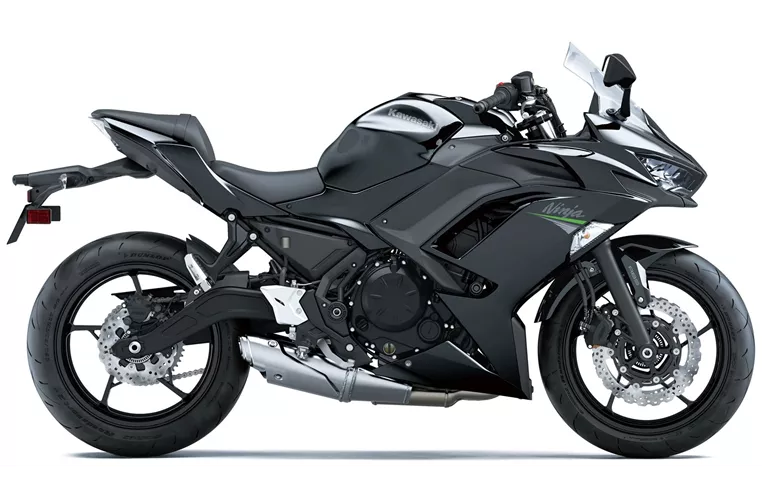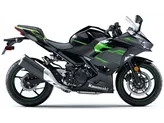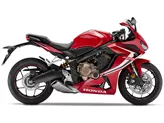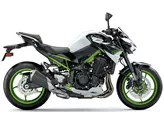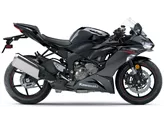Kawasaki Z900 70kW 2020 vs. Kawasaki Ninja 650 2020
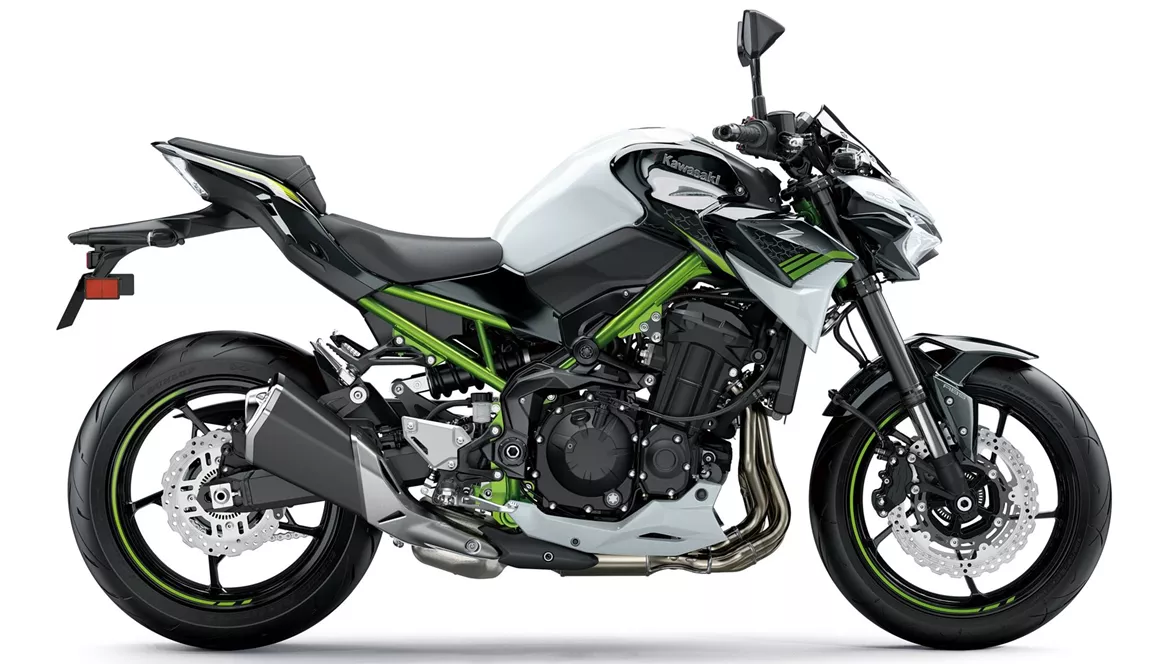
Kawasaki Z900 70kW 2020
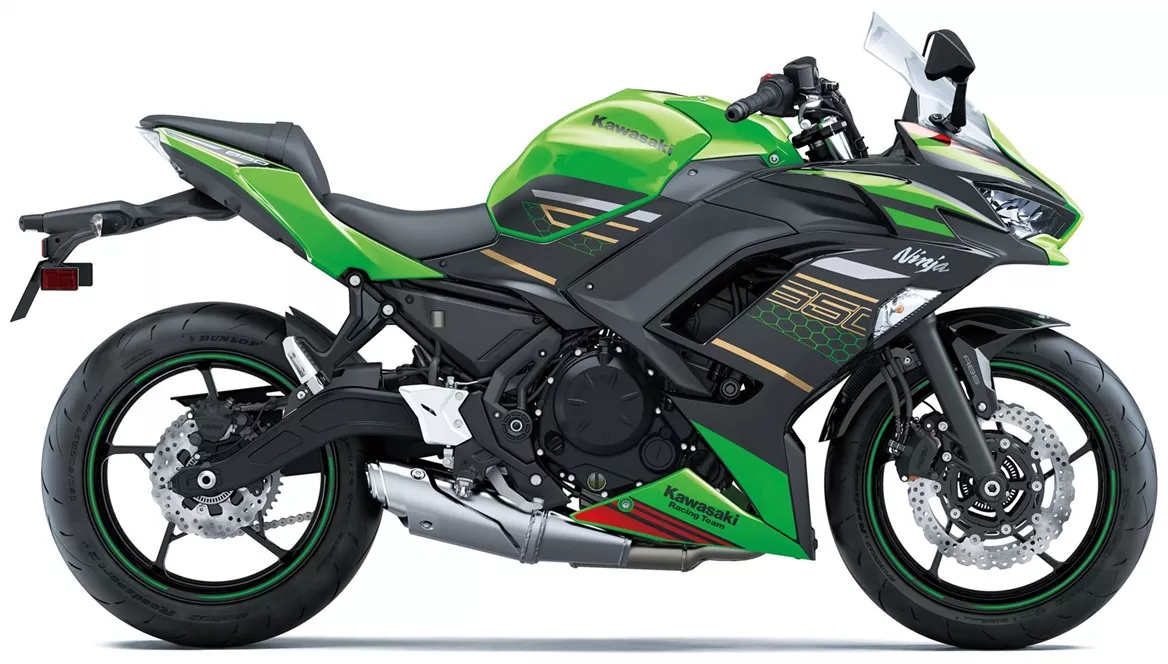
Kawasaki Ninja 650 2020
Overview - Kawasaki Z900 70kW 2020 vs Kawasaki Ninja 650 2020
The Kawasaki Z900 70kW model year 2020 is a naked bike that offers plenty of power, even with just a slight twist of the throttle. Its engine is an in-line four-cylinder with a displacement of 948cc. It produces 95 horsepower and 91.2 Nm of torque, providing a thrilling riding experience. The bike features a DOHC valve configuration with four valves per cylinder and a compression ratio of 11.8. The fuel system is injection-based with a throttle bore of 36mm.
In terms of suspension, the Z900 70kW is equipped with an upside-down telescopic fork at the front with a diameter of 41mm, providing excellent stability and control. At the rear, it has a swing arm suspension with a monoshock and adjustable preload and rebound. The frame of the bike is made of steel and has a double cradle design, ensuring durability and stability. The rake angle is set at 65 degrees, and the trail is 105mm.
Braking performance is excellent, thanks to the double disk front brakes with a diameter of 300mm and four pistons. The brakes utilize petal technology, providing efficient heat dissipation and improved stopping power. The bike also comes with advanced rider assistance systems, including ABS, riding modes, ride by wire, and traction control.
In terms of dimensions and weights, the Z900 70kW has a front tire width of 120mm and a diameter of 17 inches. The rear tire width is 180mm with the same 17-inch diameter. The wheelbase is 1450mm, providing stability and maneuverability. The seat height is 795mm, making it suitable for riders of various heights. The bike has a kerb weight of 210kg with ABS.
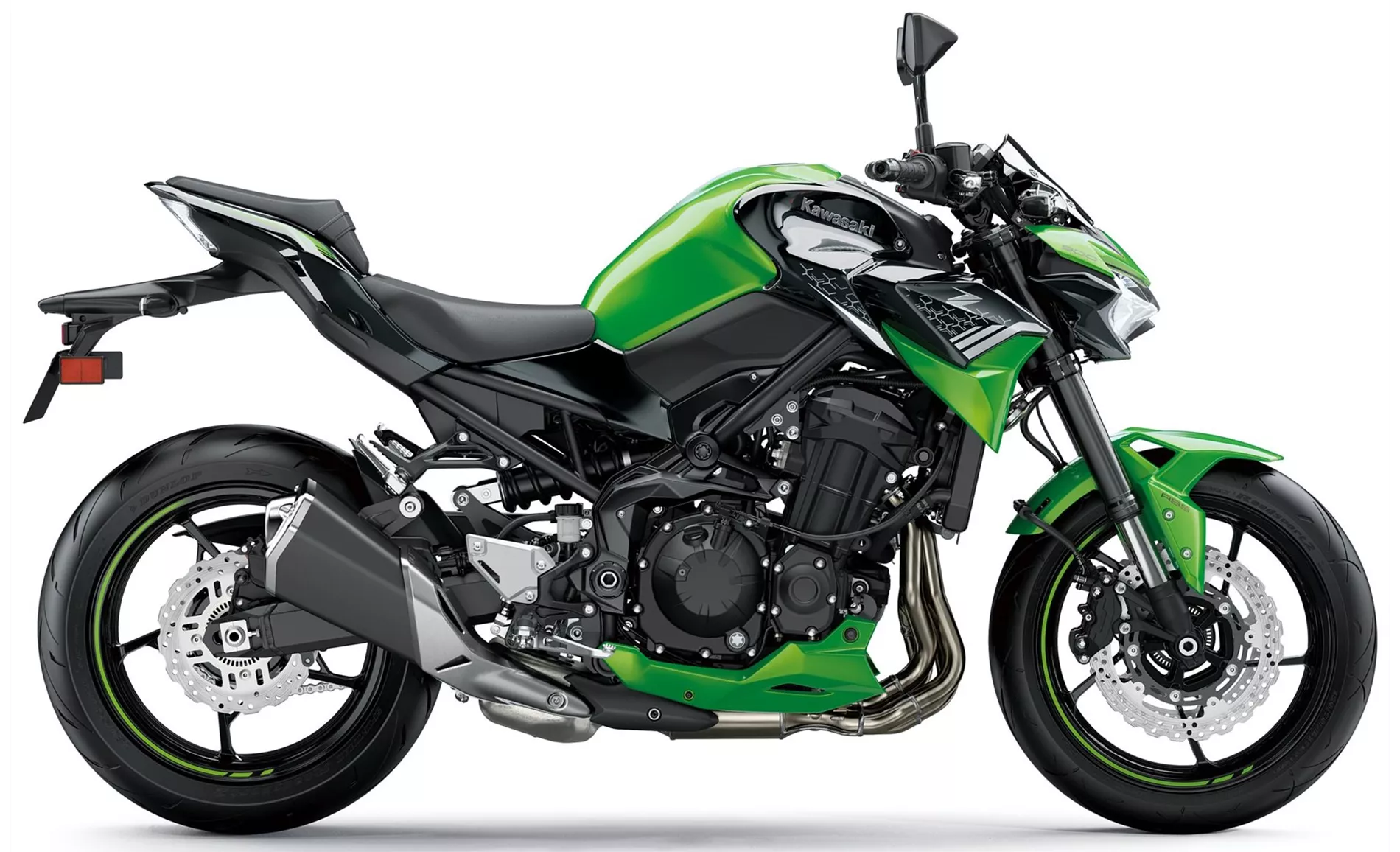
Kawasaki Z900 70kW 2020
The Z900 70kW is equipped with LED daytime running lights, LED headlights, and a TFT display, offering excellent visibility and modern aesthetics.
On the other hand, the Kawasaki Ninja 650 model year 2020 is a supersport bike that offers a unique riding experience. It is powered by an in-line two-cylinder engine with a displacement of 649cc. The engine produces 68.2 horsepower and 65.7 Nm of torque, providing a smooth and powerful ride. The engine features a DOHC valve configuration with four valves per cylinder and a compression ratio of 10.8. The fuel system is injection-based with a throttle bore of 36mm.
In terms of suspension, the Ninja 650 is equipped with a telescopic fork at the front with a diameter of 41mm, providing responsive handling and comfort. At the rear, it has a swing arm suspension with a monoshock and adjustable preload. The frame of the bike is made of steel and has a tubular design, offering stability and durability. The rake angle is set at 65.5 degrees, and the trail is 100mm.
Braking performance is reliable, thanks to the double disk front brakes with a diameter of 300mm and double pistons. The brakes utilize petal technology, ensuring efficient heat dissipation and improved braking performance. The bike also comes with ABS for added safety.
In terms of dimensions and weights, the Ninja 650 has a front tire width of 120mm and a diameter of 17 inches. The rear tire width is 160mm with the same 17-inch diameter. The wheelbase is 1410mm, providing stability and agility. The seat height is 790mm, making it suitable for riders of different heights. The bike has a kerb weight of 193kg with ABS.
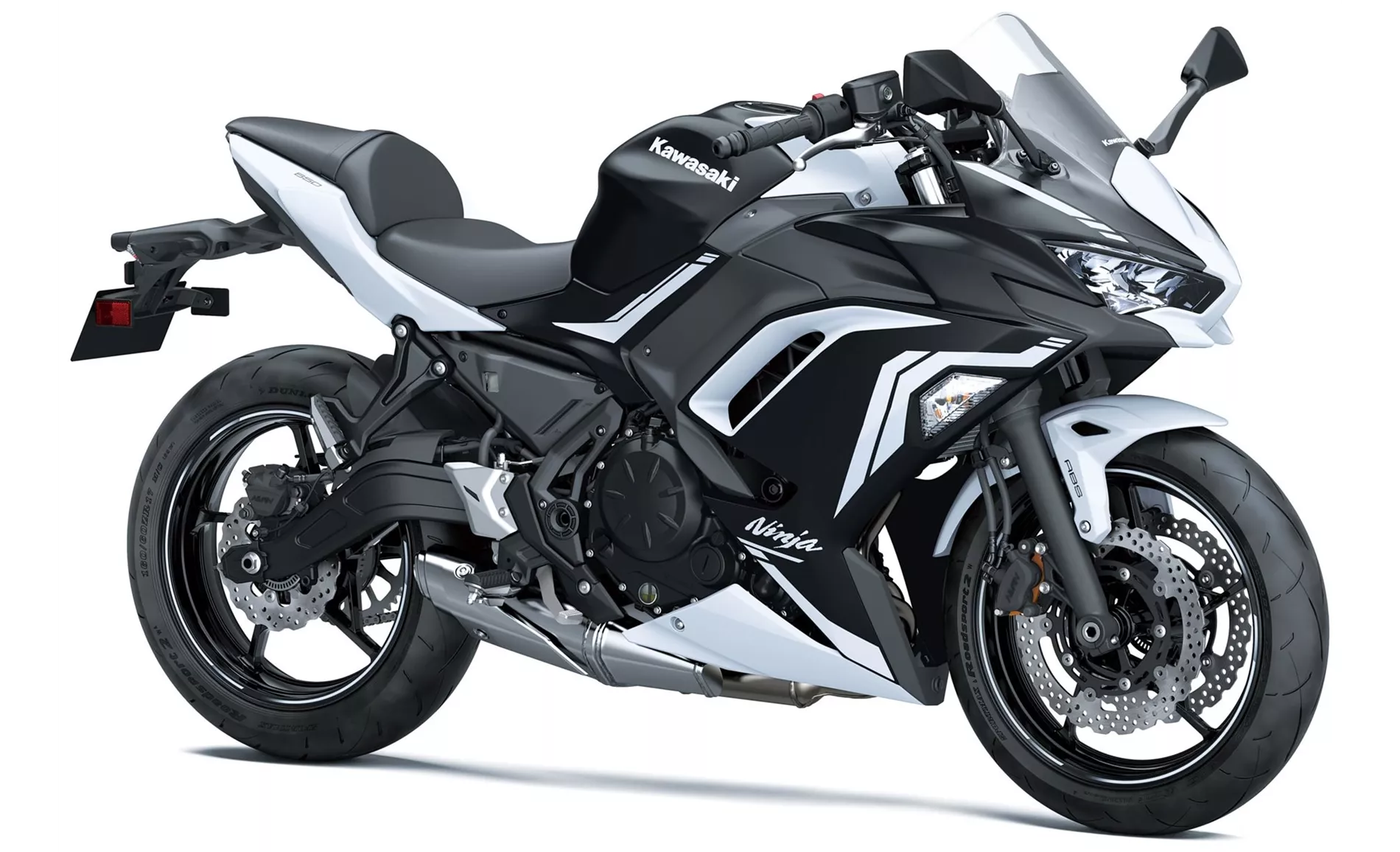
Kawasaki Ninja 650 2020
The Ninja 650 is equipped with LED daytime running lights, LED headlights, and a TFT display with connectivity features, offering modern and convenient features. It also has a sporty look, appealing to riders who prefer a more aggressive aesthetic.
In terms of strengths, the Z900 70kW offers plenty of power, excellent handling, good equipment, and an aggressive look. It also provides value for money, making it an attractive option for riders seeking a high-performance naked bike. On the other hand, the Ninja 650 offers a powerful two-cylinder engine, a comfortable seat suitable for touring, compact dimensions, and a beginner-friendly seat height. It also has a stable chassis and a TFT display with connectivity, appealing to riders who prioritize comfort and convenience. Additionally, it has a sporty look, adding to its overall appeal.
However, the Z900 70kW has some weaknesses, including a somewhat tiring menu navigation and the absence of a quickshifter option. On the other hand, the Ninja 650 may not be suitable for taller riders due to its overall dainty size. It also has a front brake pressure point and limited suitability for touring with two people.
In conclusion, both the Kawasaki Z900 70kW 2020 and the Kawasaki Ninja 650 2020 offer unique riding experiences with their respective strengths and weaknesses. The Z900 70kW is a powerful naked bike with excellent handling and good equipment, while the Ninja 650 is a sporty supersport bike with a comfortable seat and compact dimensions. Ultimately, the choice between the two will depend on the rider's preferences and priorities.
Technical Specifications Kawasaki Z900 70kW 2020 compared to Kawasaki Ninja 650 2020
Pros and Cons in comparison
Pros and Cons in comparison
Kawasaki Z900 70kW 2020
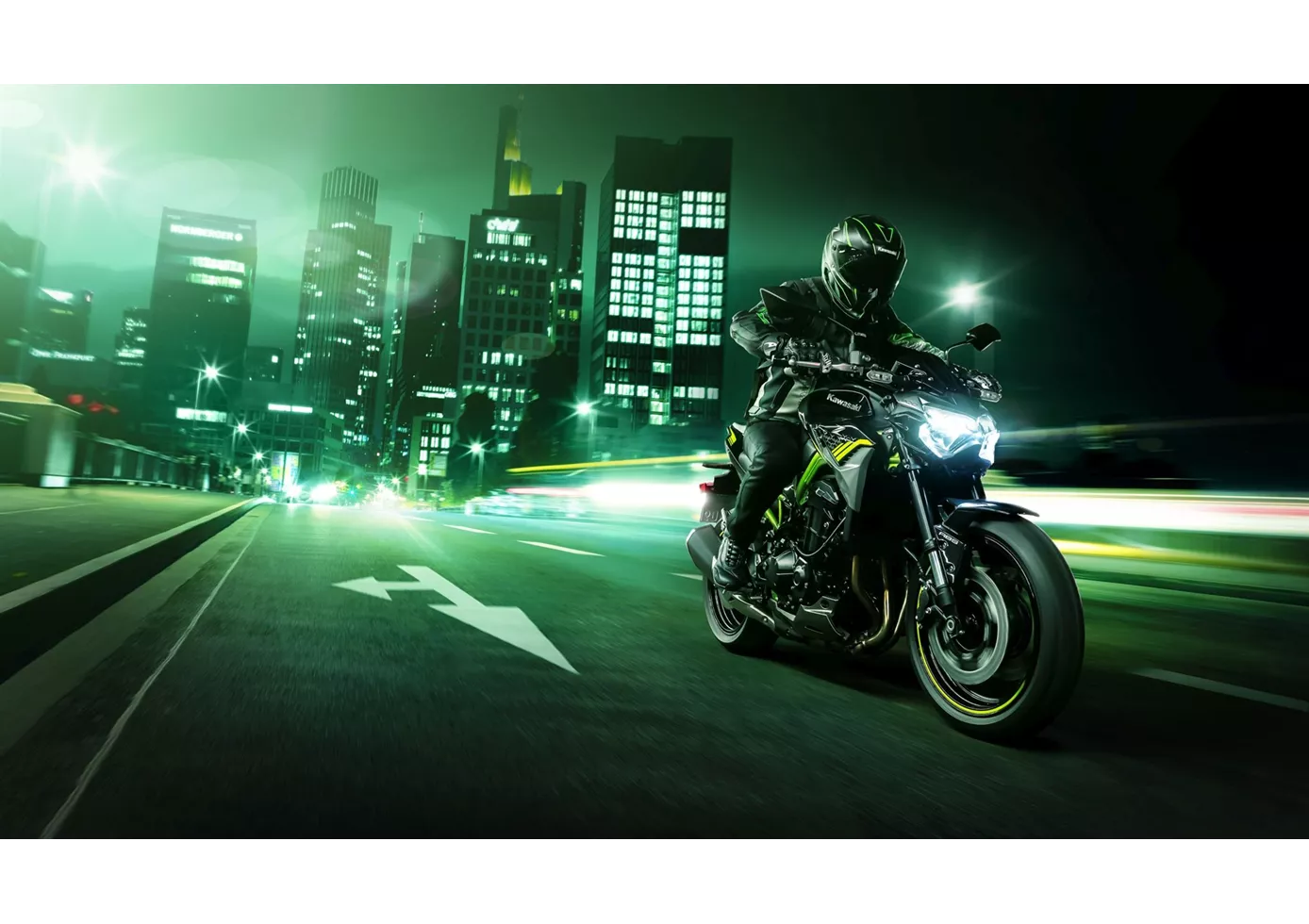
Whether you ride it with 70 kW, or in a further throttled 35 kW version: The Kawasaki Z900 is on a par with its open version - just with less power. That's why you can also be happy about the great handling and the updated electronics package for 2020. There's also good news about the engine. Even with 95 hp, the Kawa pulls tight on the chain and will give pleasure for many seasons! A bike you can grow with!
Kawasaki Ninja 650 2020
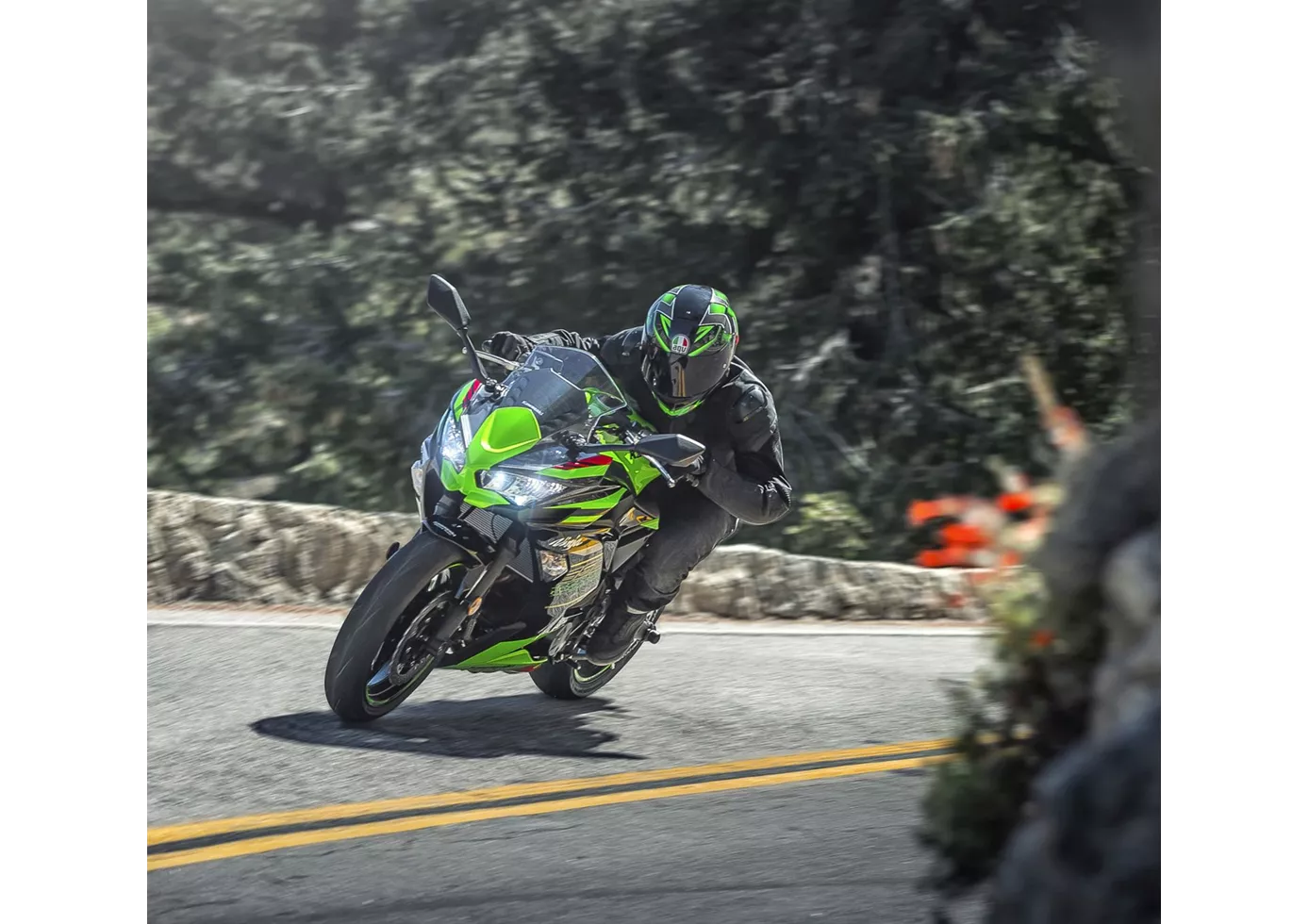
Save the sport tourer! With the Ninja 650, Kawasaki has created an exemplary representative of this class and (hopefully) solved the problem of the new generation. The stable chassis and the decent two-cylinder will delight beginners and advanced riders alike, even at a brisker pace. The front brake is a little too well intentioned, lacking a transparent pressure point despite basically good braking performance. Another plus is the TFT display, which we don't find in the competition at the moment, as well as the grown-up look, which is strongly oriented towards the larger Ninja models.
Price Comparison Avarage Market Price Kawasaki Z900 70kW vs Kawasaki Ninja 650
There are a few key differences between a Kawasaki Z900 70kW 2020 and a Kawasaki Ninja 650 2020. In terms of price, the actual average price of a Kawasaki Z900 70kW 2020 is about 22% higher. Compared to Kawasaki Ninja 650 2020 there are less Kawasaki Z900 70kW 2020 bikes available on the 1000PS.de Marketplace, specifically 5 compared to 10. It takes less time to sell a Kawasaki Ninja 650 with 75 days compared to 197 days for the Kawasaki Z900 70kW. Since model year 2018 1000PS.de editors have written 10 reviews for the Kawasaki Z900 70kW and 20 reviews for the Kawasaki Ninja 650 since model year 2017. The first review for the Kawasaki Z900 70kW was published on 23/11/2018 and now has more than 104,300 views. This compares to more than 79,600 views for the first review on Kawasaki Ninja 650 published on 04/10/2016.

